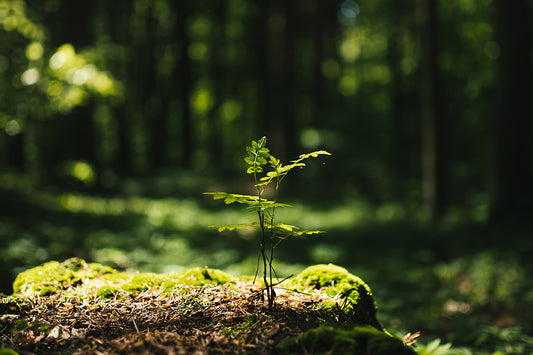Did you know that Hong Kong throws away over 300 metric tons of textiles every day?! This sobering figure is primarily a result of the boom in “fast fashion”, where trendy garments are quickly discarded in favor of brand new pieces. We chat with Tove & Libra’s co-founder Christine Chow about how their brand works on repurposing fabrics to reduce waste, without sacrificing style or quality.
Please can you explain a little more about fabric upcycling, for example how this differs from recycling?
It’s important for us to differentiate them for our customers. From Tove & Libra’s perspective, upcycling is not recycling in that the materials we use are all brand new, and they are not off-cuts. The “upcycling” element comes from the fact that these are sourced from unused excess fabrics that would otherwise be thrown away.
Where does this excess fabric come from in the first place?
When a clothing or fabric supplier takes an order from a brand, it has to make a good estimate of all the materials required. Because our factories work with some of the top international brands that produce large volumes of each style, even a small margin of error can translate to significant amounts of materials leftover from a production run.
Why don’t the brands just use up this material?
The bigger brands are not typically all that focused on reusing leftover materials... This can be because of odd quantities and colours that get leftover, and also perhaps they're just not yet ready to change their working processes to incorporate this extra step of reviewing and accommodating leftovers. So sadly, these traditionally tend to just end up as waste.
How does Tove & Libra fit in?
Being from a garment manufacturing background, I was very much aware of this problem of leftover materials going to waste and it really concerned me.
I got to thinking that there was no good reason why we couldn’t create a more flexible and forward-thinking brand, that could consciously incorporate some of these leftover materials into our own designs.
From this point, I also started talking with some of our suppliers and discovered that there are also some fabric businesses in Hong Kong which revolve around sourcing and reselling such leftover materials, from premium fabric producing countries like Japan and Italy. They are able to offer beautiful, excellent quality materials that were simply excess from high-end designers – we’re talking entire rolls of untouched fabric.

How does the process of working with upcycled materials differ?
From a design point of view, it definitely takes more effort to create a unified collection when you’re trying to upcycled materials from various sources. You may be working with different fibers and different colors, and often only available in limited or one-off quantities.
To ensure each collection has a coherent look and feel, I usually start with creating a seasonal color story, something that I find extraordinarily helpful in helping me bring together seemingly disparate items.
Have you faced any major challenges in this approach?
It was challenging, but also a lot of fun to create our Striped Polo Dresses. I found leftover knitting yarns in dozens of different colors being stored in our own warehouse, and spent quite some time mixing and matching to get the right combination of colours and quantities! I have to admit that we are really thrilled with the final result.
What’s next for Tove & Libra’s upcycled collections?
I’ve recently expanded the concept a little to include materials beyond fabric. I have a secret obsession with vintage beads and trims, so for our FW19 collection I was really delighted to source vintage 1970s buttons to feature on our Oversized Knitted Blazer.
As of now, I'd say roughly 50% of our collections make use of upcycled materials, and so I would love to continue to drive that forward as much as possible. I hope that in the future, other bigger businesses can start adopting this same mindset, so that we can all truly begin to make inroads into reducing the garment industry’s waste problem.




